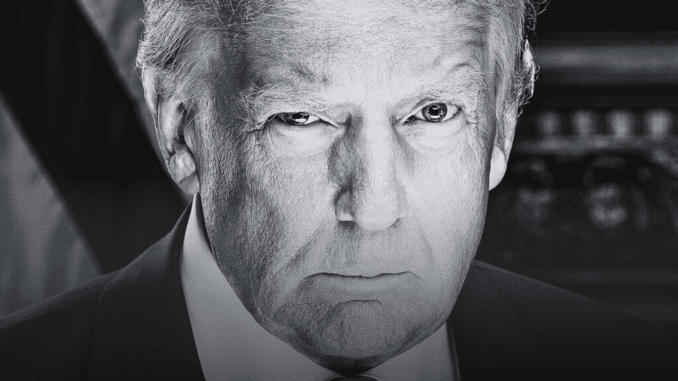
Economic Tensions Escalate with New Trade Warning
By Oshadhi Gimesha, Lead Journalist | Editor-in-Chief Approved
Trade Conflict Intensifies
President Donald Trump issued a stark warning to the European Union and Canada on March 27, 2025. He threatened to impose tariffs far larger than those currently planned if the two allies work together against the U.S. This comes as trade tensions with these key partners continue to grow. For American and global readers, this signals a potential escalation in an already heated trade war.
Key Points
- Trump threatened larger tariffs on the EU and Canada on March 27, 2025.
- The warning follows a 25% tariff on foreign-made vehicle imports announced on March 26, 2025.
- Reciprocal tariffs, dubbed “liberation day,” are set to take effect on April 2, 2025.
A Growing Trade War
On March 27, 2025, President Trump took to Truth Social to warn the European Union and Canada of severe economic consequences. He stated that if the two allies collaborate to harm the U.S. economy, he would impose large-scale tariffs, much bigger than those already in place. Trump called the U.S. the “best friend” of both the EU and Canada, urging them to avoid actions that would lead to this outcome. This threat follows his announcement on March 26, 2025, of a 25% tariff on foreign-made vehicle imports. That move is set to hit countries like Germany hard, where automakers have already voiced concerns. They argue the tariff will hurt U.S. manufacturing while they grapple with existing steel and aluminum tariffs on trading partners.
Trump has also planned reciprocal tariffs, which he calls “liberation day,” set to begin on April 2, 2025. These tariffs will match the rates that trading partners impose on the U.S. Earlier in March 2025, Trump introduced broad tariffs on Canadian and Mexican imports. He also granted a one-month delay for auto parts covered under the U.S.-Mexico-Canada trade agreement, which is due to expire next week. The escalating trade measures have raised alarms among allies, who fear a full-blown trade war. European automakers, already strained, worry about the impact on their operations and the broader U.S. economy.
Global Economic Impacts
Trump’s tariff threats on March 27, 2025, could reshape trade relationships worldwide. The EU and Canada, key U.S. trading partners, might face higher costs for exports if larger tariffs are imposed. Germany, a major car exporter, is particularly vulnerable after the 25% vehicle tariff announcement. This could lead to higher prices for consumers in the U.S., where imported cars are common. Canada, already dealing with broad tariffs on its imports, might see its economy strained further. A trade war could disrupt supply chains, affecting businesses and jobs on both sides of the Atlantic.
For the U.S., where trade policies influence global markets, this move risks retaliation. In Germany and France, where exports to the U.S. are significant, companies might cut production. Canada, heavily reliant on U.S. trade, could face economic challenges. The UK and the Netherlands, with strong trade ties to both the EU and the U.S., might feel the ripple effects. Australia, navigating its trade dynamics, watches closely. If tensions ease by June 1, 2025, trade relations might stabilize. But if they worsen, a broader economic downturn could hit by January 1, 2026.
Trade Winners and Challenges
The U.S. might gain leverage with Trump’s tariff threats on March 27, 2025. Pushing the EU and Canada to negotiate could lead to better trade terms by June 1, 2025. But American consumers face challenges. Higher tariffs could raise prices for goods like cars, possibly by January 1, 2026. European and Canadian exporters might struggle with reduced access to the U.S. market.
Small businesses in the U.S. and Canada, reliant on cross-border trade, could face uncertainty. In the U.S., where economic policies are closely watched, this raises a question: can a balance be found? For now, the trade war shows no signs of slowing.
Future Trade Outlook
If the EU and Canada adjust their policies by June 1, 2025, tensions might ease, fostering better trade ties by 2026. However, if larger tariffs are imposed, global markets could suffer. For U.S. and global readers: support tougher trade measures or push for cooperation? France, Australia, and others are watching closely. Trade stability matters to all. News Zier will keep tracking this story as it develops.
All facts are independently verified, and our reporting is driven by accuracy, transparency, and integrity. Any opinions expressed belong solely to the author. Learn more about our commitment to responsible journalism in our Editorial Policy.




